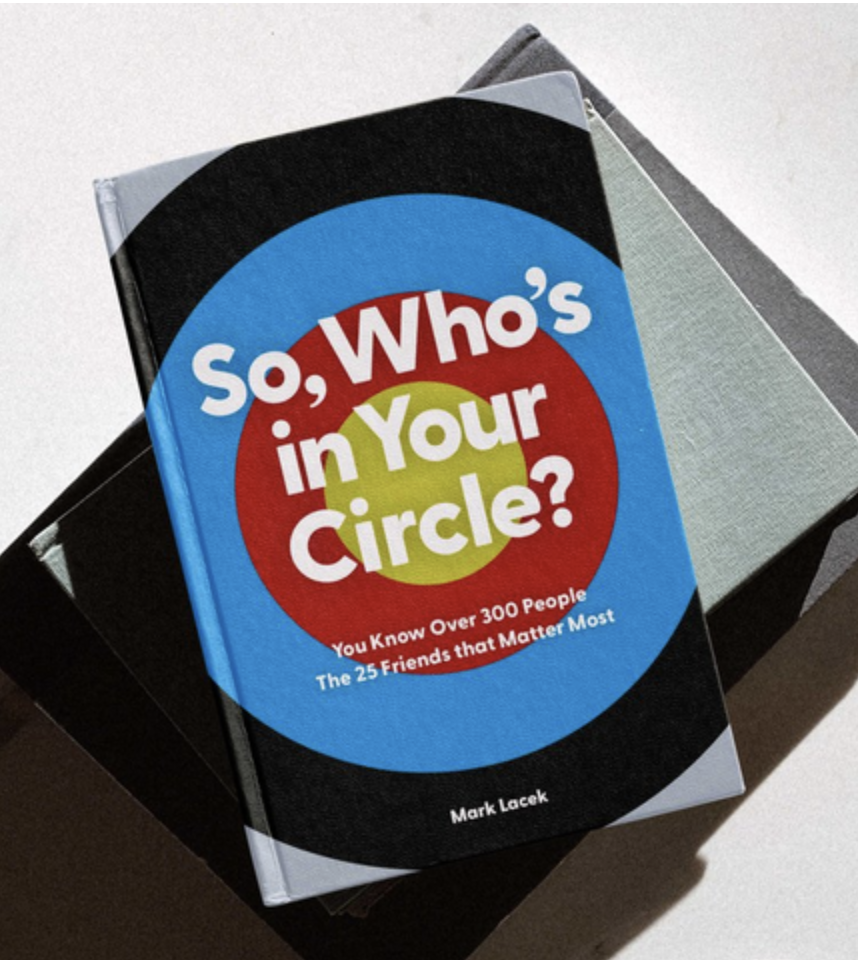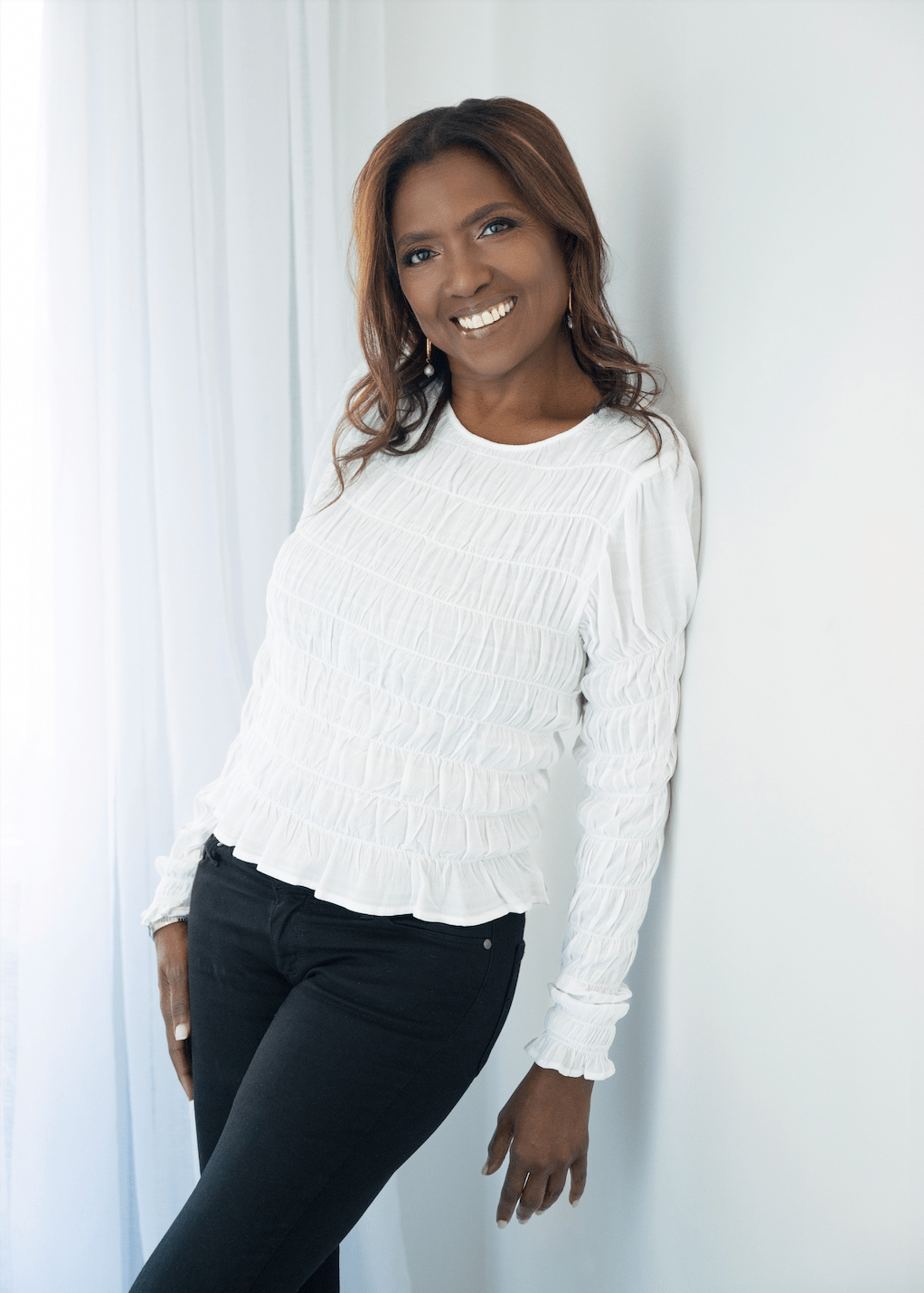Lifestyle
How to Identify the Top 25 People In Your Immediate Circle and Why This Matters

In the digital age, making friends is easier than it has ever been with social media allowing for instant and ongoing connections with a virtually limitless number of people. On Facebook alone, today’s average user has more than 300 friends.
As with most things, however, quantity does not necessarily translate to quality.
“How many friends should you have?” asks Mark Lacek, author of the book “So, Who’s In Your Circle?” and creator of the My-Circle app. “It is something you need to consider if you want to build bonds with your friends that are stronger than ever and walk through this crazy and exciting life together. The digital age calls us to be a mile wide and an inch deep when it comes to friendships. But focus matters.”
Mark’s philosophy regarding friendship is that loyal friends are the only kinds of friends you want in your life. He also knows that having and enjoying loyal friendships takes some work. His book provides a roadmap for whittling down the ever-growing “friends list” we have built on social media to create a more manageable and satisfying personal social network.
“My goal in authoring my book is to help people intentionally, efficiently, and effectively determine how many of their friends can reasonably fit into their lives,” Mark says. “Our lives are so busy that it is a challenge to make time for friendships. We need a strategy for optimizing our time with friends and building deeper relationships with the ones who matter most.”
Optimizing your circle of friends
When it comes to friendships, many people have an inner circle. These are your “besties.” They are typically the two to five people who you cannot imagine doing life without.
Your inner circle is important, but it should not represent the totality of your friendships. Right outside of that inner circle should be a group of great friends who have won your trust, loyalty, and respect. Mark calls these people “My 25” and recommends an intentional approach to identifying who they are.
“If you are blessed with a broad array of friends, you know that they are true gold in life,” Mark says. “But we are not good at, nor have we typically given much thought to, organizing our friends. What can we do that will allow us to optimize our friendships over the course of our lives?”
Mark offers the following steps in his book for identifying those who would rank as our top 25 friends:
- For those who work outside the home, begin by thinking about relationships with those whom you see most often. Close friends often are found in this group. However, spending a lot of time with someone does not automatically make them a close friend. You might log a lot of hours with a coworker during the day but never connect with that person outside of work. Those types of relationships probably would not qualify as one of your top 25 friendships.
- Think of the friends you turn to when you have a problem and need help or advice. These are probably the people that you feel you can count on. You trust what they have to say and you respect them.
- Think of the people who feel close to you even though they are far away geographically. If you have maintained a friendship with someone who lives several states away, that is a good indicator that they are a close friend.
- Look at the lists of calls and texts on your phone or direct messages in your social media accounts. They provide a great gauge of the people who matter in our lives. That is not to say that your closest friends are those with whom you communicate most often; however, if you rarely place a call or send a text to someone, they probably will not rank among your top 25 friends.
Being intentional about friendships
The digital age has made it easier to have an abundance of friends, though it still hasn’t helped when it comes to authenticity in relationships. To find true happiness in our friendships, it is critical that we identify who our true friends are and focus our time and energy on them.
“There are so many studies that prove the value of having friends,” says Mark. “It isn’t only that they’re good for your health, which they are, and enrich your life, which they do, but also that they help you to become your best self and the person you were meant to be.”
Lifestyle
Wanda Knight on Blending Culture, Style, and Leadership Through Travel

The best lessons in leadership do not always come from a classroom or a boardroom. Sometimes they come from a crowded market in a foreign city, a train ride through unfamiliar landscapes, or a quiet conversation with someone whose life looks very different from your own.
Wanda Knight has built her career in enterprise sales and leadership for more than three decades, working with some of the world’s largest companies and guiding teams through constant change. But ask her what shaped her most, and she will point not just to her professional milestones but to the way travel has expanded her perspective. With 38 countries visited and more on the horizon, her worldview has been formed as much by her passport as by her resume.
Travel entered her life early. Her parents valued exploration, and before she began college, she had already lived in Italy. That experience, stepping into a different culture at such a young age, left a lasting impression. It showed her that the world was much bigger than the environment she grew up in and that adaptability was not just useful, it was necessary. Those early lessons of curiosity and openness would later shape the way she led in business.
Sales, at its core, is about connection. Numbers matter, but relationships determine long-term success. Wanda’s time abroad taught her how to connect across differences. Navigating unfamiliar places and adjusting to environments that operated on different expectations gave her the patience and awareness to understand people first, and business second. That approach carried over into leadership, where she built a reputation for giving her teams the space to take ownership while standing firmly behind them when it mattered most.
The link between travel and leadership becomes even clearer in moments of challenge. Unfamiliar settings require flexibility, quick decision-making, and the ability to stay calm under pressure. The same skills are critical in enterprise sales, where strategies shift quickly and no deal is ever guaranteed. Knight learned that success comes from being willing to step into the unknown, whether that means exploring a new country or taking on a leadership role she had not originally planned to pursue.
Her travels have also influenced her eye for style and her creative pursuits. Fashion, for Wanda, is more than clothing; it is a reflection of culture, history, and identity. Experiencing how different communities express themselves, from the craftsmanship of Italian textiles to the energy of street style in cities around the world, has deepened her appreciation for aesthetics as a form of storytelling. Rather than keeping her professional and personal worlds separate, she has learned to blend them, carrying the discipline and strategy of her sales career into her creative interests and vice versa.
None of this has been about starting over. It has been about adding layers, expanding her perspective without erasing the experiences that came before. Wanda’s story is not one of leaving a career behind but of integrating all the parts of who she is: a leader shaped by high-stakes business, a traveler shaped by global culture, and a creative voice learning to merge both worlds.
What stands out most is how she continues to approach both leadership and life with the same curiosity that first took her beyond her comfort zone. Each new country is an opportunity to learn, just as each new role has been a chance to grow. For those looking at her path, the lesson is clear: leadership is not about staying in one lane; it is about collecting experiences that teach you how to see, how to adapt, and how to connect.
As she looks to the future, Wanda Knight’s compass still points outward. She will keep adding stamps to her passport, finding inspiration in new cultures, and carrying those insights back into the rooms where strategy is shaped and decisions are made. Her legacy will not be measured only by deals closed or positions held but by the perspective she brought, and the way she showed that leading with a global view can change the story for everyone around you.
-

 Tech5 years ago
Tech5 years agoEffuel Reviews (2021) – Effuel ECO OBD2 Saves Fuel, and Reduce Gas Cost? Effuel Customer Reviews
-

 Tech6 years ago
Tech6 years agoBosch Power Tools India Launches ‘Cordless Matlab Bosch’ Campaign to Demonstrate the Power of Cordless
-

 Lifestyle6 years ago
Lifestyle6 years agoCatholic Cases App brings Church’s Moral Teachings to Androids and iPhones
-

 Lifestyle5 years ago
Lifestyle5 years agoEast Side Hype x Billionaire Boys Club. Hottest New Streetwear Releases in Utah.
-

 Tech7 years ago
Tech7 years agoCloud Buyers & Investors to Profit in the Future
-

 Lifestyle5 years ago
Lifestyle5 years agoThe Midas of Cosmetic Dermatology: Dr. Simon Ourian
-

 Health7 years ago
Health7 years agoCBDistillery Review: Is it a scam?
-

 Entertainment6 years ago
Entertainment6 years agoAvengers Endgame now Available on 123Movies for Download & Streaming for Free
